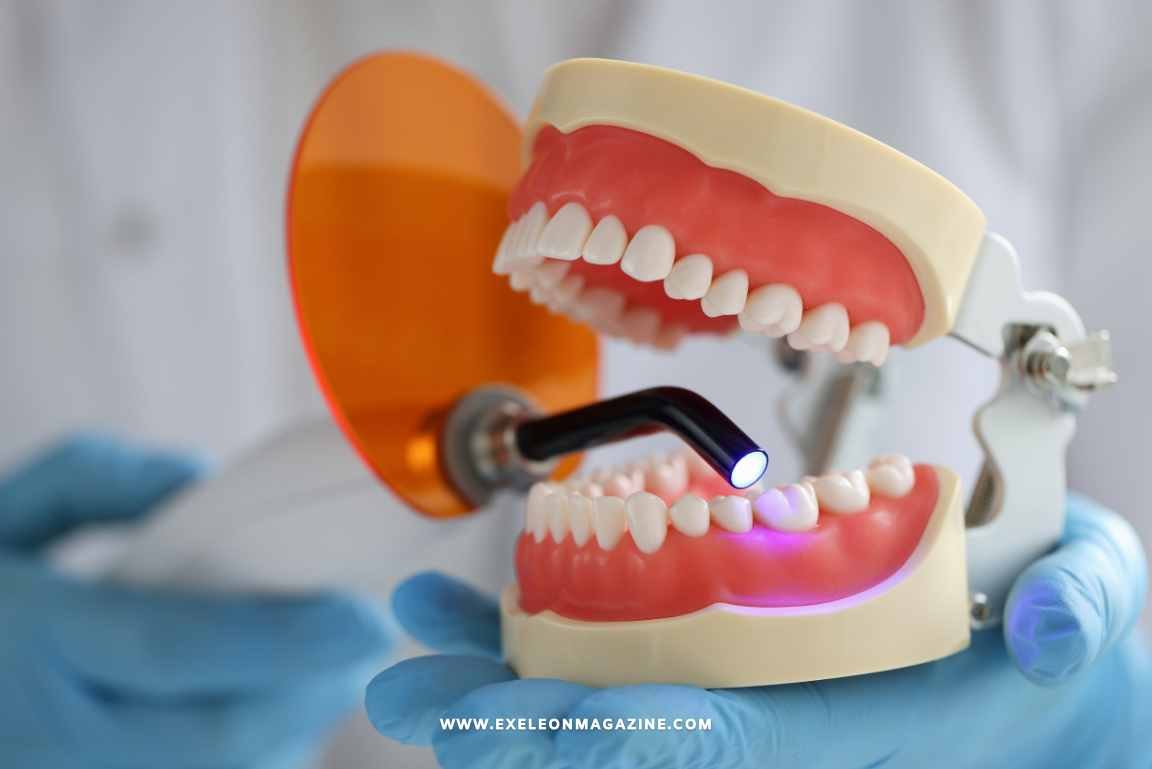
What Are Dental Fillings?
Dental fillings are a common restorative dental procedure designed to repair teeth affected by cavities, cracks, or minor fractures. By filling these damaged areas, dental filling not only restore the tooth’s structure and functionality but also enhance its appearance and prevent further decay.
Why Dental Fillings Are Essential
Protection from Further Decay
When a cavity develops, it creates a space where bacteria can thrive. Dental fillings seal these cavities, preventing the spread of decay and safeguarding your tooth.
Restoring Functionality
A damaged tooth can hinder chewing and speaking. Fillings restore the tooth’s strength, ensuring it functions as intended.
Enhancing Aesthetic Appeal
Modern dental fillings, like composite or ceramic, mimic the natural tooth color, making them virtually invisible and ideal for visible teeth.
Types of Dental Fillings
Dentists offer a variety of filling materials to suit different needs, preferences, and budgets.
Composite Resin Fillings
- Tooth-colored and blend seamlessly with natural teeth.
- Ideal for small to medium-sized cavities in visible areas.
Amalgam Fillings
- Durable and cost-effective but have a metallic appearance.
- Commonly used for molars due to their strength.
Gold Fillings
- Extremely durable and long-lasting.
- More expensive and require multiple visits.
Ceramic Fillings
- Made of porcelain and resistant to staining.
- Excellent for restoring front teeth and large cavities.
Glass Ionomer Fillings
- Release fluoride to help prevent further decay.
- Often used for children’s teeth or small cavities.
Benefits of Dental Fillings
Long-Term Tooth Preservation
By repairing cavities early, fillings prevent the need for more invasive treatments like root canals or extractions.
Improved Oral Health
Fillings close off spaces where bacteria can enter, reducing the risk of infections and gum disease.
Boosted Confidence
Restored teeth look natural and feel comfortable, allowing you to smile with confidence.
The Dental Filling Procedure
Step 1: Diagnosis and Preparation
Your dentist will examine your tooth and may use X-rays to assess the extent of decay. Once the diagnosis is complete, the affected area will be numbed with local anesthesia to ensure a painless procedure.
Step 2: Removing Decay
The decayed portion of the tooth is removed using specialized dental tools, and the area is cleaned to eliminate bacteria and debris.
Step 3: Placing the Filling
The filling material is carefully applied in layers, shaped, and hardened using a special light. This process ensures a snug fit and restores the tooth’s original structure.
Step 4: Final Adjustments
After the filling is set, the dentist will polish it to remove rough edges and ensure proper bite alignment.
Caring for Dental Fillings
Proper care is essential for maintaining the longevity of dental fillings and overall oral health. At Nuffield Dental, patients receive personalized guidance on oral hygiene practices to ensure their fillings remain durable and effective for years to come.
Daily Oral Hygiene
- Brush twice daily with fluoride toothpaste.
- Floss to remove plaque and debris from between teeth.
Avoid Hard or Sticky Foods
Chewing hard candies or sticky foods can damage fillings, especially composite ones.
Regular Dental Check-Ups
Routine visits to your dentist help monitor the condition of your fillings and address any issues early.
Cost of Dental Fillings
The cost of dental fillings varies based on the material, the tooth’s location, and the dentist’s expertise.
- Composite Fillings: $100–$250 per tooth.
- Amalgam Fillings: $75–$200 per tooth.
- Gold Fillings: $300–$1,000 per tooth.
- Ceramic Fillings: $250–$1,500 per tooth.
Discussing financing options with your dental clinic can make the treatment more affordable.
In conclusion, Dental fillings are a cornerstone of modern dentistry, providing effective solutions to restore tooth health and functionality. By understanding the process, benefits, and care involved, you can make informed decisions about your oral health and enjoy a confident smile for years to come.
FAQs
How long do dental fillings last?
The lifespan of dental fillings depends on the material used. Composite fillings last about 5–7 years, while gold or ceramic fillings can last 10–20 years or more with proper care.
Are dental fillings painful?
No, dental fillings are performed under local anesthesia, ensuring a pain-free experience. Mild sensitivity may occur after the procedure but typically resolves within a few days.
Can fillings fall out?
Yes, fillings can become loose or fall out over time due to wear and tear or new decay. Regular dental check-ups can help prevent such issues.
Are there alternatives to fillings?
For minor decay, fluoride treatments or dental sealants may be sufficient. For extensive damage, crowns or inlays may be recommended.









